|
Mornings start with good nymph and streamer fishing, and good trico spinner falls where that insect is present. This time of season really shines with the return to "banker's hours" fishing with trout eating terrestial insects (grasshoppers, crickets, ants and bettles) from 10:30 a.m. to 5:30 p.m. A grassy meadow section of stream on a warm, sunny and breezy day has these insects blowing into the stream - and the trout go crazy for them! Presentation doesn't have to be delicate - get wild because splatting your fly is going to get those hungry trouts' attention, letting them know food is nearby. It's a good idea to fish a hopper with a beadhead nymph below it to cover both your surface and subsurface bases.
Evenings and overcast afternoons can bring out late season bluewing olive mayfly and evening caddis hatches in addition to action-packed streamer fishing. Mayflies are smaller that in the spring so fishing can be challenging, but rewarding. Streaming fishing is a great way to cover lots of stream miles quickly and efficiently because you can fish every little and big spot in the stretch. 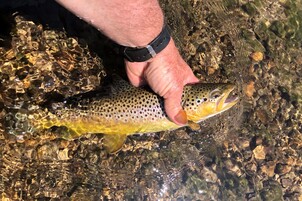 I previously wrote a piece on tactics to make your mid-summer trout fishing more productive. In this piece, I’m going to tell you how to deal with the hot mid-summer temperatures to make it easier on both you and the trout. In the Driftless region of the upper Midwest, we always have a two week period(sometimes longer sometimes shorter) when daytime highs are in the 90’s and oppressively humid. Because this coincides with the longest, sunniest days of the year, these temperatures can take our spring creeks from the mid 50’s to the mid 60’s or even low 70’s. Stream temperatures of 65 degrees can be very stressful to trout and cause some mortality, 70 degrees is lethal to trout. Best advice during these heat waves is to fish for smallmouth bass which have a higher tolerance for warm water and are more active in these temperatures, but many folks are “addicted to trout”. Here's some advice on how to fish smarter during the heat of the summer. First, fish early morning to mid/late morning because the stream has been able to cool down overnight so it will be at the coolest temperature of the day and the fish are most active. If you start fishing at 6 AM, you’re fishing at least 4 hours, and have the rest of the day to do other things. Fish the upper stretches of a stream because this is generally faster pocket water that is cooler and more oxygenated. Save the lower stretches of stream for winter, spring, and fall. Carry a stream thermometer with you and use it religiously-you want to fish where the water temperature is coolest. It only takes 2 degrees to make a difference for example 58 degrees puts you in a better place than 60 degrees. Concentrate your fishing on areas where the water will be cooler such the shaded area by limestone bluff, pockets below riffles, and places where springs flow into the stream. Try not to fish too long by springs because fish stack up there and this can put added stress on the fish. Finally try to keep fish handling to a minimum because the longer the fish is out of the water the more stressed it is, and the less likely it’ll survive. If you must take pictures of the trout, use a net to keep the fish in the water and don’t take more photos than necessary. People experience discomfort in warm weather too, and here’s some tips to make you more comfortable in the heat of summer. Don’t wear waders-they’re too hot, wet wade instead with quick dry hiking pants and your wading boots. Wear a hooded sun shirt like the Buggstopper Solarflex Hoody from Simms-the hood keeps the sun off your neck and ears, it’s lightweight and comfortable, and the insect shield keeps the biting insects away. Use sunscreen to prevent sunburn-SunBum SPF 30-50 is a good one because it’s sweat/water proof and lasts a long time. Finally STAY HYDRATED-carry a water bottle with you or a Camelback backpack with a water bladder to stay in good physical and fishing shape. I hope this advice helps you get the most out of your summer trout fishing. It’s not about fishing all day from dawn to dusk but about fishing smarter, not harder. Good luck and stay safe out there. ...of hiring a Fly Fishing GuideIn an earlier post, I covered why you should hire a fly fishing guide, now I’ll go over how you should conduct yourself to make your day on the water the most enjoyable, productive, and educational.
Let’s start with the Do’s: Come prepared for a full day on the water: This starts by reading and asking questions on the pre-trip check list regarding what you need to bring and what the guide provides. It cuts into the fishing time when we have to drive around looking for a fishing license vendor or come up with an extra pair of waders so you can be comfortable in 48 degree water. Always have a rain jacket, hat, and polarized sunglasses-it always will rain and guides aren’t good at taking flies out of eyes. Practice your fly casting before the trip or take a casting lesson, this will help you get the most out of the trip. Respond promptly to Guide’s Correspondence: By responding promptly to your guide’s emails and voice mails it confirms your trip date, firms up the details, and helps the guide plan accordingly. It also helps prevent booking confusion, double booking, or the guide losing other work. Ask lots of questions: There are no dumb questions. If you don’t understand a technique or how it’s being explained ask for clarification. Questions also create a positive dialog and open the line of communication between the client and guide. State your physical limitations and dietary restrictions: This helps the guide plan the day. Someone who can only walk a ¼ mile or less won’t enjoy a trip that involves hiking 2 miles of stream. Likewise a vegetarian may not appreciate the steak sandwich you brought for lunch. State your true ability: If you’re brand new to fly fishing and are a true beginner, say so. It helps the guide plan the trip to your needs. If your farthest cast is 15 feet say so, it lets the guide know what he/she needs to teach you. Listen to your Guide: You’re paying this person for a reason-to teach you something you don’t know whether it’s a new technique, learning how to fish a new stream, or catching that coveted trophy fish. It also tells the guide that you’re paying attention and trying to learn what he/she is teaching you. Treat your Guide with Respect: Be nice to your guide even when things get tense. Take a Break: If you’re getting tired or feel like you’re spinning your wheels, tell the guide that you want to take a break and start over fresh. Use the break time to ask questions to see what you’re doing right and what you’re doing wrong. A 15 minute break 3 hours into the day can pay big dividends later in the trip. Tip your guide: While gratuities are never expected, they are always appreciated and help the guide offset daily expenses. They also reward the guide for going above and beyond to bring you a great day on the water. 15% of the trip cost is a good guideline. Now for the Don’ts Don’t be Late: Please show up on time or early to the predetermined meeting place for the trip. Sometimes there’s over an hour of car/boat travel ahead of us and if you’re late that changes fishing plans and cuts into fishing time. Arriving at the meetup place before the guide is a good thing. The guide also should be on time or early. Don’t stay out too late the night before: If you’re hung over or over tired you won’t be in top shape to enjoy, learn, and get the most out of your trip. It wastes both yours and the guide’s time. Same goes for the guide. Don’t overstate your ability: If you’re a beginner, don’t say you’re an accomplished angler. Likewise if you’re an intermediate angler say so-it helps the guide prepare and not waste time on basics. Please don’t tell guides you’re an expert angler-most of these folks aren’t. Don’t take things personally: Things can get tense sometimes because a client is making the same mistakes over and over with no improvement and not catching fish. The guide is trying to correct what you’re doing because he/she wants you to catch a fish more than you do. Some can be overbearing and maybe even yell. It’s best to take a break when this happens. Don’t throw a temper tantrum: Don’t come unglued and throw a fit when things aren’t going your way. Whether you’re not catching any fish, not making the correct presentation, or not making a good cast some factors may not be the guide’s fault. Take that 15 minute break, communicate, and figure out what’s going wrong and why instead of coming unglued. Don’t treat your guide like a slave: You’re hiring this individual for their professional services and teaching. Please respect and treat this individual for the professional that he/she is. Respect this person’s time and their knowledge of the area fishery. Being abusive and demanding to your guide won’t get you more fish or better instruction, it will have the opposite effect. Don’t book your trip last minute: Sometimes everything lines up to where a last minute booking works out and is a great experience-this is rare please don’t count on it. If you want to get on the guide’s calendar for the best fishing times of the year, book in advance-it guarantees you a spot during this time. In my area, guide often have other jobs to provide cash flow between trips, someone else booked on the day you want to fish, or they have family plans please respect this. Calling 7 PM on Friday to book for 6 AM that Saturday is simply rude. I hope these tips help you plan and prepare for your next guided fly fishing trip to make it the most educational, enjoyable, and productive. 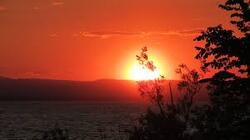 A little late (sorry readers!)... As the summer solstice passes and we slide into the heat of mid-summer some anglers leave the trout streams thinking the fishing has slowed because major hatches are ending. This couldn’t be further from the truth-trout still feed and the streams aren’t as crowded. Now is when trout start to key in on terrestrial insects-land born bugs that are blown into the stream. Terrestrial fishing isn’t just about grasshoppers either-ants, beetles, crickets are also part of the mix. Ants and beetles are important because they’re more abundant, happen earlier in the year than people think, and they get fewer refusals because they’re smaller and fish can’t examine them as closely. Two key factors you need to pay attention to are shade and water temperature. Shade comes in a variety of forms-grass lined undercut banks, undercuts in weed patches, bank side and submerged trees, limestone bluffs, and riffles. A stream thermometer is your best friend for mid-summer trout fishing because you want to find the coolest water in the stream. Trout will be holding in shaded shallow water that’s near the bank so they can eat an insect the second it lands in the water. Try to fish your fly along bank side grass, lunker structures, pockets at the base of riffles, and fallen submerged wood. Make sure your fly lands on the water with a splat-this simulates an insect being blown into the water and landing hard-be ready for a strike immediately. If you can’t give up your nymph fishing, the dry/dropper method is a great cover all bases searching technique. Simply take a foam terrestrial pattern and tie 18-30” of 5X tippet to the hook bend and tie a size 18 bead head nymph onto the tippet. This rig lets you fish the slightly deeper pockets along the bank and below the riffles and puts a subsurface fly in front of a fish that won’t come up to eat. The terrestrial serves as an “edible strike indicator” and when a fish eats it you hook him-win/win. If you want to learn more about mid-summer terrestrial fishing, book a guide trip with Madison Fly Fishing Company here. |
Categories |

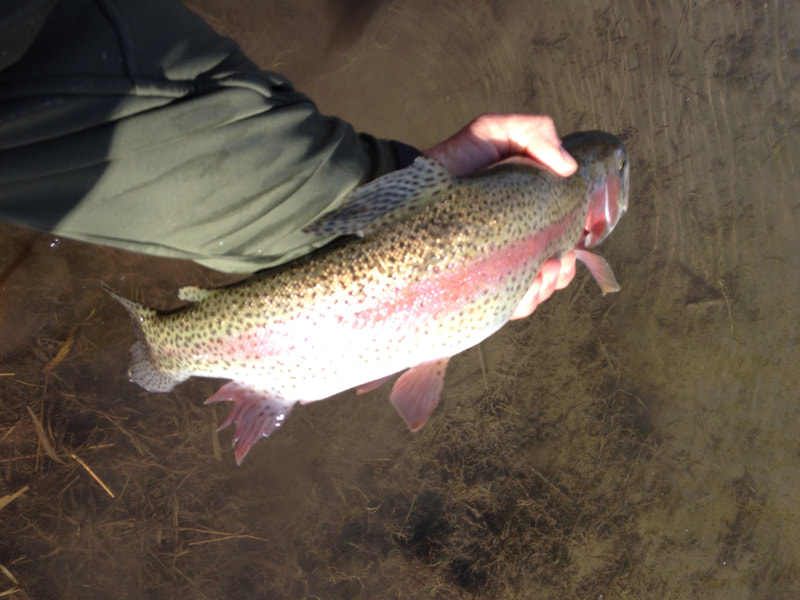
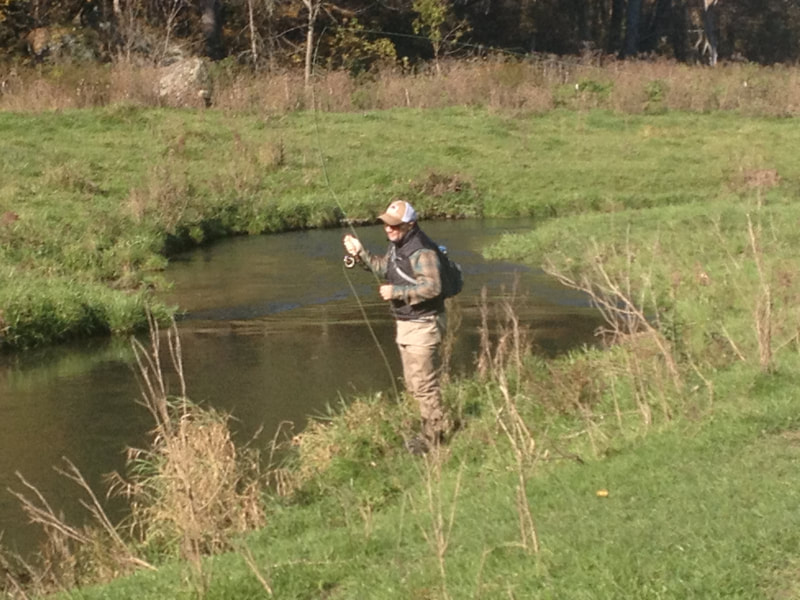
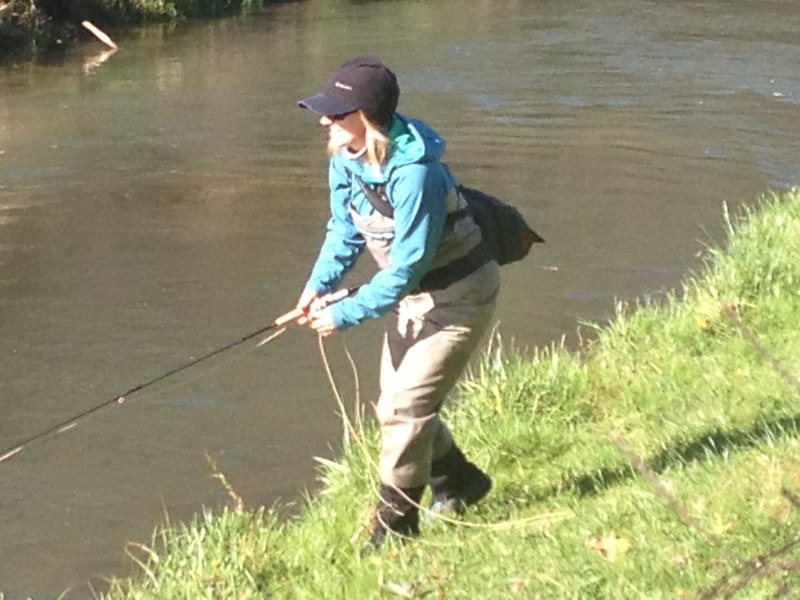
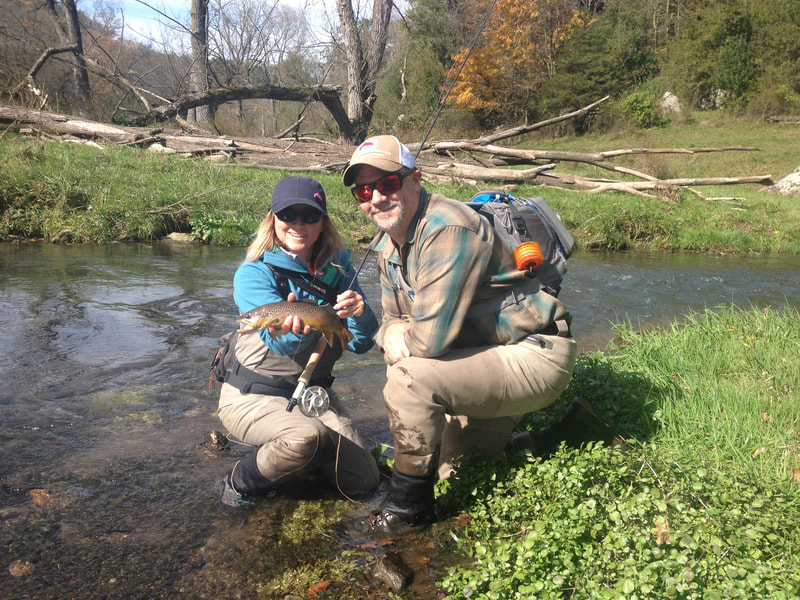
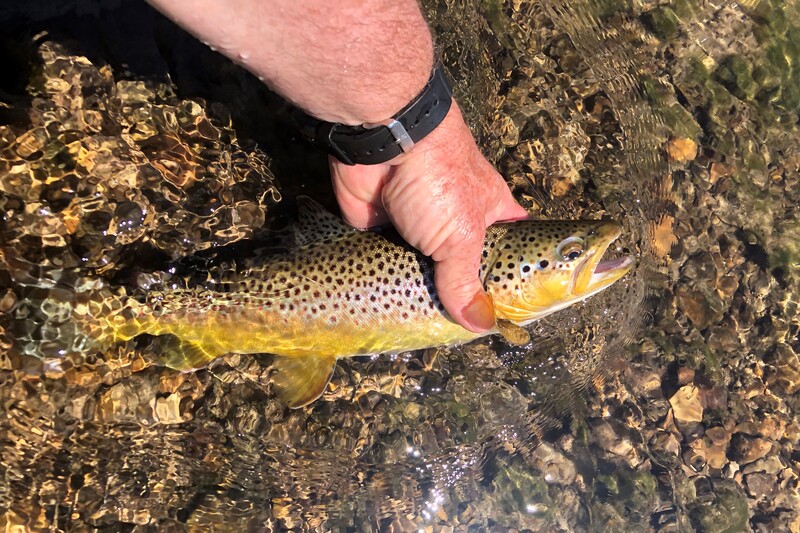
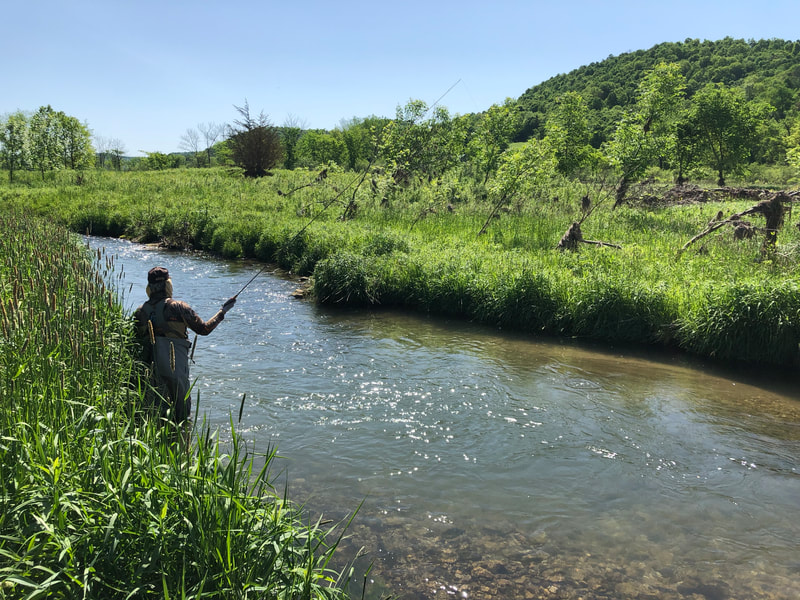
 RSS Feed
RSS Feed
